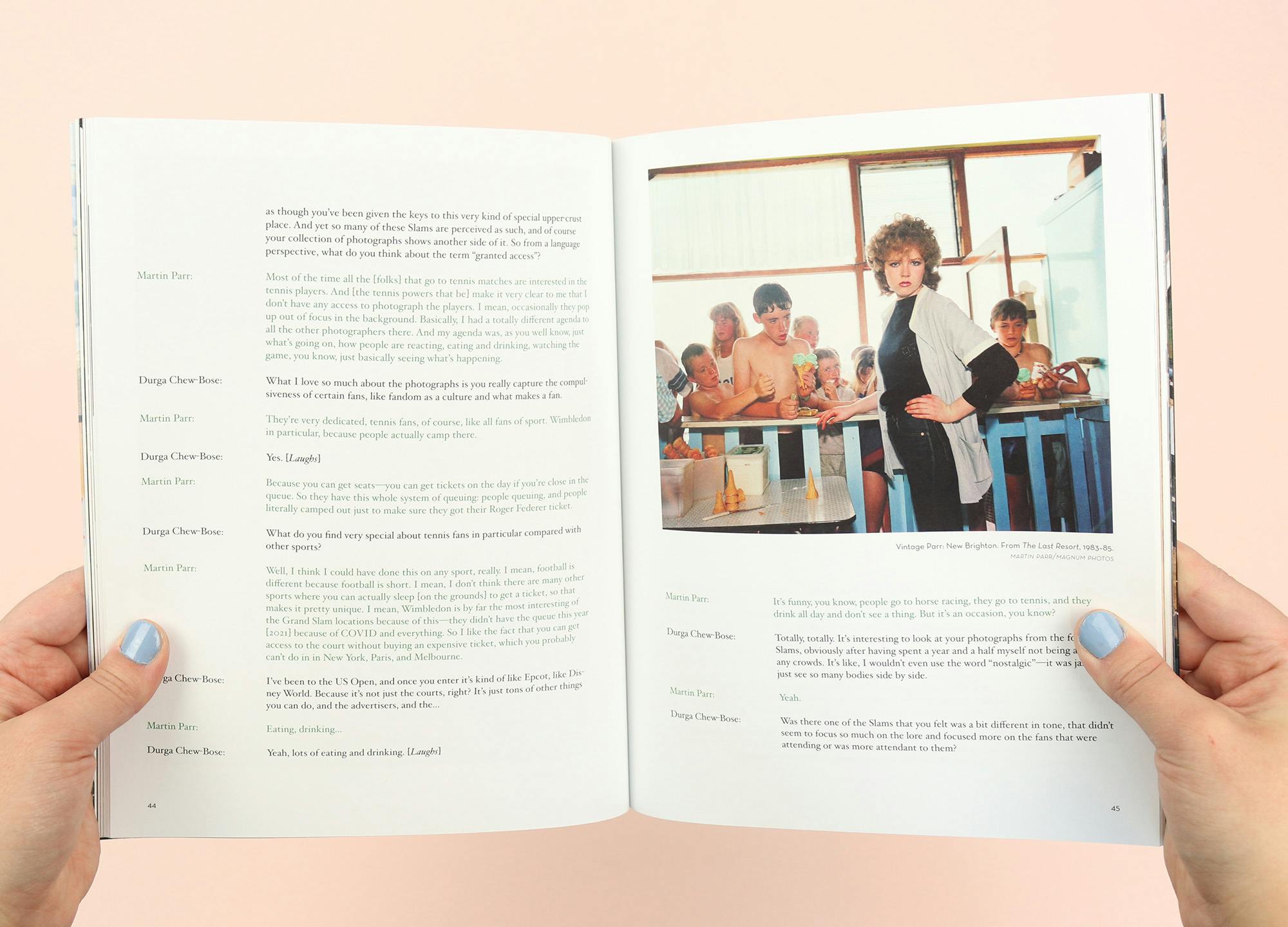An unconventional appreciation of tennis
I’m not particularly interested in tennis, but I love Racquet. Published in New York, it’s one of those magazines that just oozes poise and control, matching quality writing with great graphic design to create a beautiful and compelling read.
But that’s not to say Racquet is only interested in the more refined side of the game – far from it. We delivered this issue to Stack subscribers as our February magazine and one of my favourite stories is the profile of Richard ‘Pancho’ Gonzales, “the rankest outsider of modern times”.

Rosecrans Baldwin portrays his fellow Angeleno as a complicated and difficult man; gracious and generous, but also “a moody bastard”, Gonzales made it to the top of his game while living with the implicit and explicit racism he experienced as a Mexican American in the 1940s and 50s. Eclipsed today by contemporaries like Rod Laver and Arthur Ashe (men whose names are literally built into the tennis world, with an arena and a stadium named after them, respectively) Gonzales is a fascinating outsider, and Baldwin’s entertaining and attentive reconsideration of his legacy brings a fresh perspective on the sport.

I think that’s the main motivation behind Racquet – the desire to present unexpected stories that illuminate tennis in an original and often provocative light. For example there’s a brilliant selection of Martin Parr’s tennis photographs, which focus on the crowds at big events rather than the stars.
Or there’s an interview with the metal band named after Alex Corretja, the player who was beaten by a vomiting Pete Sampras – this is a tennis magazine with an unconventional appreciation of the game.

(The Corretja piece is also the reason why every story in the issue ends with a crow silhouette, the shape inspired by one of the band’s stickers and a detail typical of art director Larry Buchanan’s obsessive and off-beat attention to the minutiae of magazine making.)












